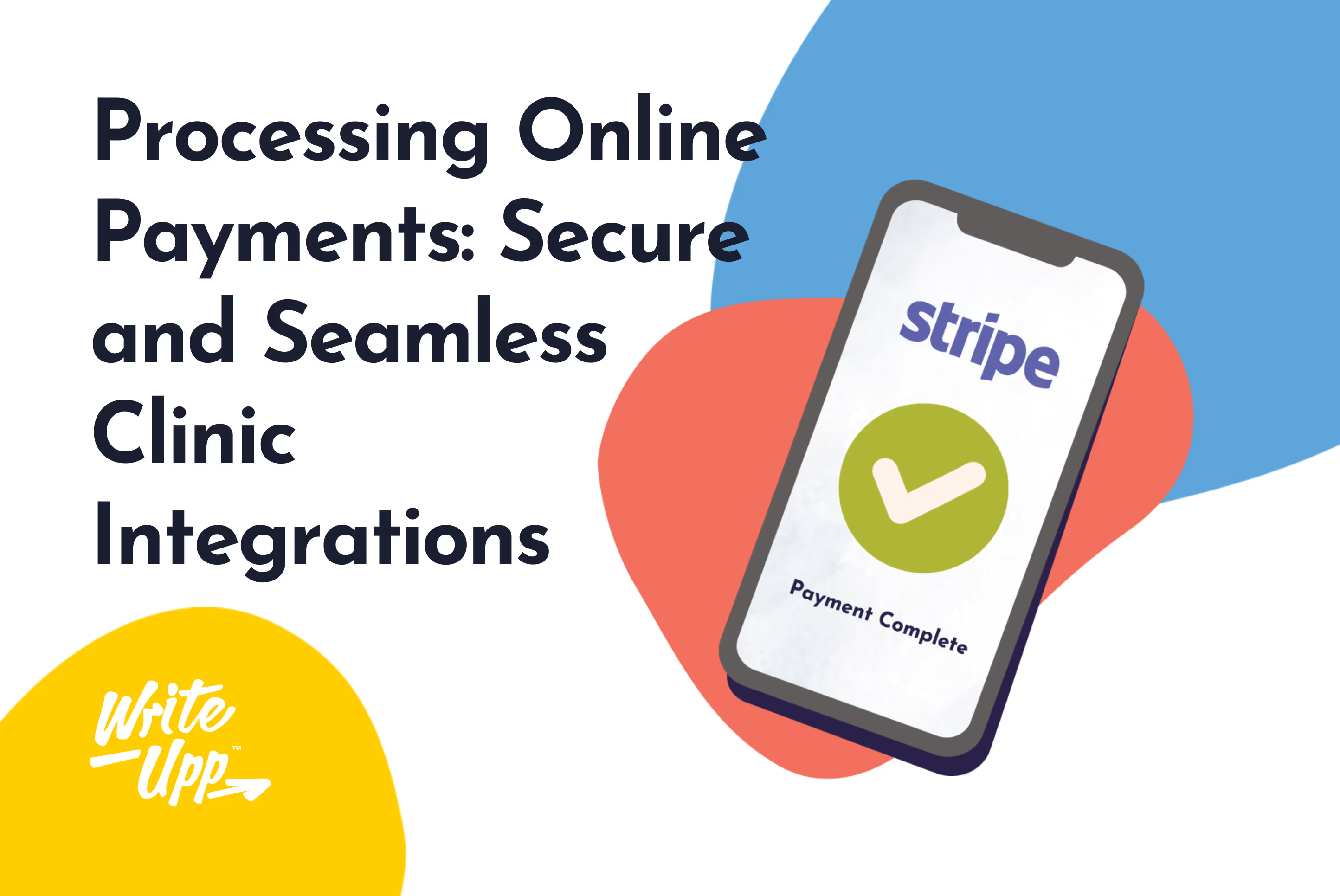As a physiotherapist or practitioner, the key to helping patients recover from an injury or illness is not only through physical treatment but also through effective communication. Put simply, communication is at the centre of every patient’s recovery journey from beginning to end.
But how can you build an effective communication strategy while juggling multiple patients and multiple needs? In this blog post, you’ll find out how a patient engagement platform Physitrack helps you to streamline all five different stages on the patient journey.
Stage 1: The initial assessment
During the first stage of the patient journey it is important to establish open and honest communication. Do this by listening intently to the patient's concerns and asking relevant questions to gather as much information as possible. This will build trust with your patient and help you tailor the program to your patient’s needs.
After building the relationship, make sure to discuss communication preferences; how will your patient reach out to you and what are your preferred methods to create healthy boundaries.
Patient engagement platform Physitrack not only helps you to build your patient’s exercise programs, but you can also use it for patient communication. Whether you’d like to send messages, reminders or invite them for a telehealth call - you can do it all inside one platform.
Introducing Physitrack to your patient and using it as your communication channel will create a better structure and save you time in patient management. Your patients will also benefit from seeing each of the different aspects of their treatment in one place.
Stage 2: Creating the exercise program
You may have confidence in your patients to complete the prescribed exercises at home as planned, but you may also know that without clear instructions they either forget to do them or even how to do them.
So, when creating the patient’s exercise program, it is important to explain the goals and expected outcomes of the treatment to your patient. But even more important is to make sure your patient understands how to perform their exercises.
Within Physitrack, you can build exercise programs with exercise videos that help patients to remember how and when to do their exercises. You can manage their programs in Physitrack and patients can download a free PhysiApp where they will see the exercise programs and add updates on their progress.
Once expectations have been set, your patient will feel confident and probably excited about their very own rehab program with them no matter where they are.

Stage 3: Keeping patients motivated
Once your patient leaves your clinic, you may know that the trickiest part is about to begin: how to ensure your patient remains motivated to do their exercises.
Some effective ways of doing this is to send reminders to your patients to do their exercises, share educational articles on their condition or check up on them by sending a message. Luckily, you can conveniently do all of this through Physitrack.

Stage 4: Progress updates
In order to build a successful patient recovery, you need to be able to track your patients progress: How are they doing? Are the pain levels different? How often have they completed their exercises? Are there any other questions or concerns?
When your patient completes exercises and keeps track in PhysiApp, you can automatically follow their progression and adherence in Physitrack. This helps you to understand more about their rehabilitation journey in an insightful data-driven way.

Tip: Using positive reinforcement and celebrating milestones will boost your patient’s journey, so whether you are using digital health tools or not, make sure to show empathy and care along the way.
Stage 5: Final Stage and Recovery
As the patient approaches the final stage of the rehabilitation process, it is essential to communicate the results achieved and the next steps in their recovery process. Celebrate their journey, remind them where they started and encourage them to keep going!
Discuss any remaining barriers to recovery and provide recommendations for ongoing treatment, including new exercises and healthy lifestyle choices.
Build trust, set up boundaries and communicate effectively
As a busy practitioner, it might be difficult to manage multiple patients and have a strong relationship with each patient. But, by establishing honest and open communication, providing clear explanations, setting up boundaries and using digital health tools you can build a strong rapport with your patients to support a successful rehabilitation process.
Not every patient requires the same volume of communication, but with effective planning and clear communication, you can help patients achieve their rehabilitation goals while making sure your wellbeing and energy stays on a good level.
If you are ready to upgrade your patient relationships with quick exercise prescriptions, progress tracking, and effective communication, learn more about Physitrack and try it for free today!
Ps. As a WriteUpp member, you get 10% off from Physitrack. Learn more about the partner discount here.
Author: Anna Rantala, Marketing Specialist at Physitrack.



Join over 50,000 clinicians that we've helped using WriteUpp
Start my free trial






